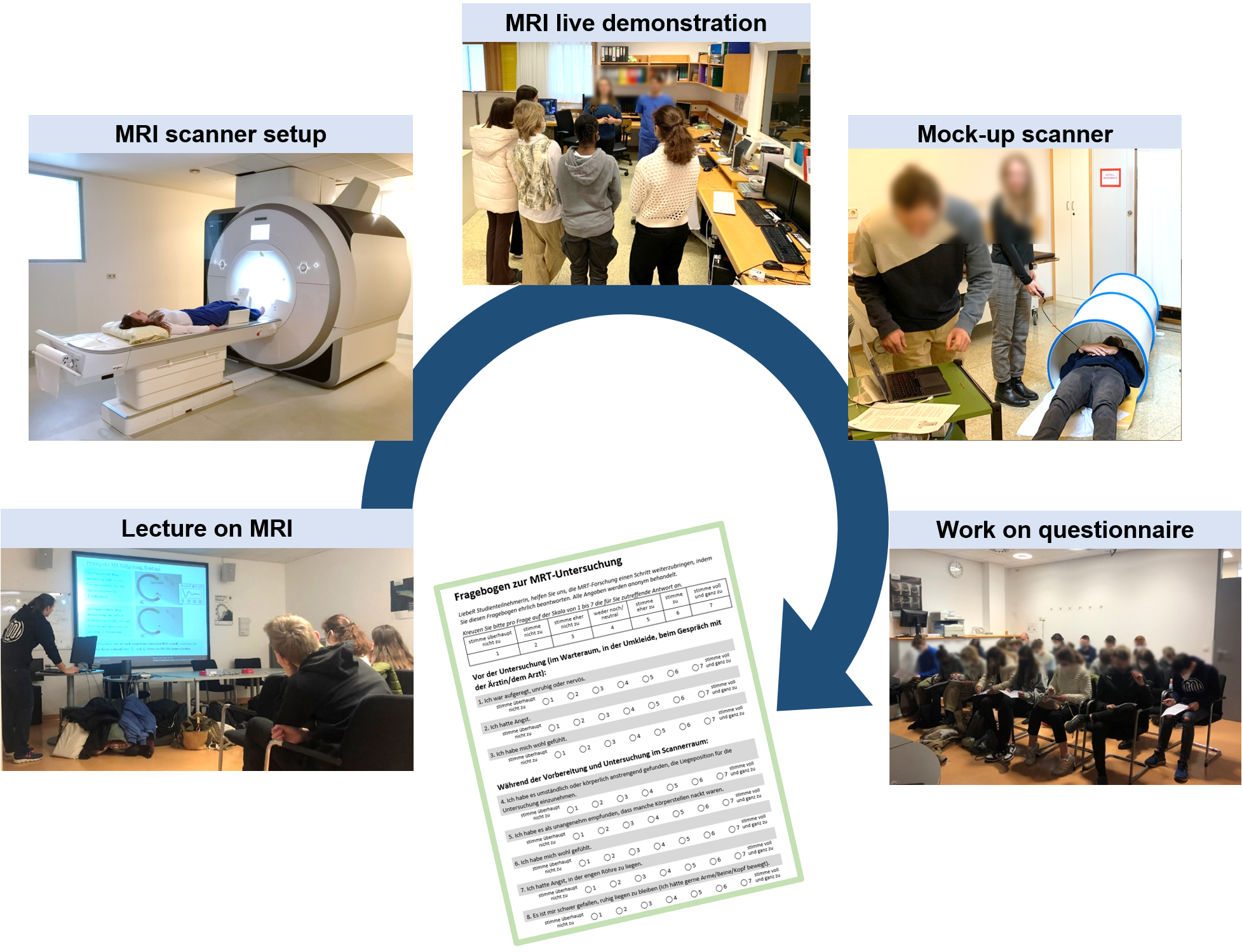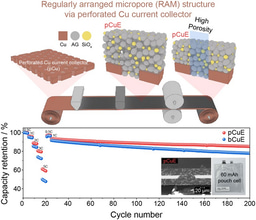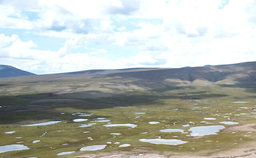Citizen science approach to assessing patient perception of MRI
Published in Bioengineering & Biotechnology, Biomedical Research, and General & Internal Medicine

Enhancing Patient Comfort in MRI Exams: The Role of Radiofrequency Coils
Magnetic Resonance Imaging (MRI) is a leading medical imaging technique, allowing non-invasive examinations without ionizing radiation while providing distinct soft tissue contrast. However, patient comfort remains a critical factor in the successful completion of MRI exams as body movements during scans cause image artifacts. A key component influencing patient comfort could be the design and usability of local MRI radiofrequency (RF) coils.
RF coils play a crucial role in MRI by generating and receiving the MR signal, with flexible coils emerging as an attractive alternative to mechanically rigid ones due to their ability to better fit varying body shapes and potentially improve patient comfort during examinations. While research demonstrates comparable or superior detection performance with flexible coils, empirical evidence regarding their benefits in terms of increased comfort and simplified handling is lacking, highlighting the need for further systematic investigations in this area.
Developing a Questionnaire for Patient Comfort
To address this gap, a group of students at the upper secondary school level were recruited as part of an educational citizen science (CS) initiative to develop a questionnaire specifically evaluating the impact of RF coils on patient comfort in MRI exams. By engaging students in activities to familiarize them with MRI and encouraging them to give feedback, the aim was to create a questionnaire tailored to participants' MRI experience and knowledge levels, leveraging their perspectives as citizen scientists.
The CS initiative involved designing and testing the questionnaire to ensure its effectiveness in capturing patients' perceptions of RF coils. The resulting questionnaire, available in both German and English, provides a standardized tool for researchers to assess patient comfort in MRI settings.

Impact on Scientific Projects and Education
The development of this questionnaire not only contributes to advancing clinical research but also serves as an educational opportunity for students. By engaging in real-world scientific endeavors, students gain hands-on experience in research methodology and contribute meaningfully to the medical community.
Furthermore, this CS initiative highlights the importance of interdisciplinary collaboration between students, educators, and researchers in addressing complex healthcare challenges. By fostering such collaborations, we can drive innovation and improve patient care in medical imaging.
Future CS events could aim to make the questionnaire more inclusive and involve radiographers to further enhance coil usability and patient experience during MRI exams. Additionally, citizen science could play a role in the development of MR RF hardware by including textile designers and tailors in the design process to optimize coil comfort and fit.
Conclusion
Patient comfort is paramount in the field of medical imaging, particularly in MRI exams. The development of a questionnaire to evaluate the impact of RF coils on patient comfort represents a significant step towards enhancing the overall patient experience. Through citizen science initiatives like this, we can harness the collective efforts of students and researchers to address critical gaps in healthcare research and drive positive change in clinical practice. Furthermore, these activities increased the students' understanding of healthcare technology and fostered a positive attitude towards science in general.
Follow the Topic
-
Scientific Reports

An open access journal publishing original research from across all areas of the natural sciences, psychology, medicine and engineering.
Related Collections
With Collections, you can get published faster and increase your visibility.
Reproductive Health
Publishing Model: Hybrid
Deadline: Mar 30, 2026
Women’s Health
Publishing Model: Open Access
Deadline: Feb 14, 2026




Please sign in or register for FREE
If you are a registered user on Research Communities by Springer Nature, please sign in